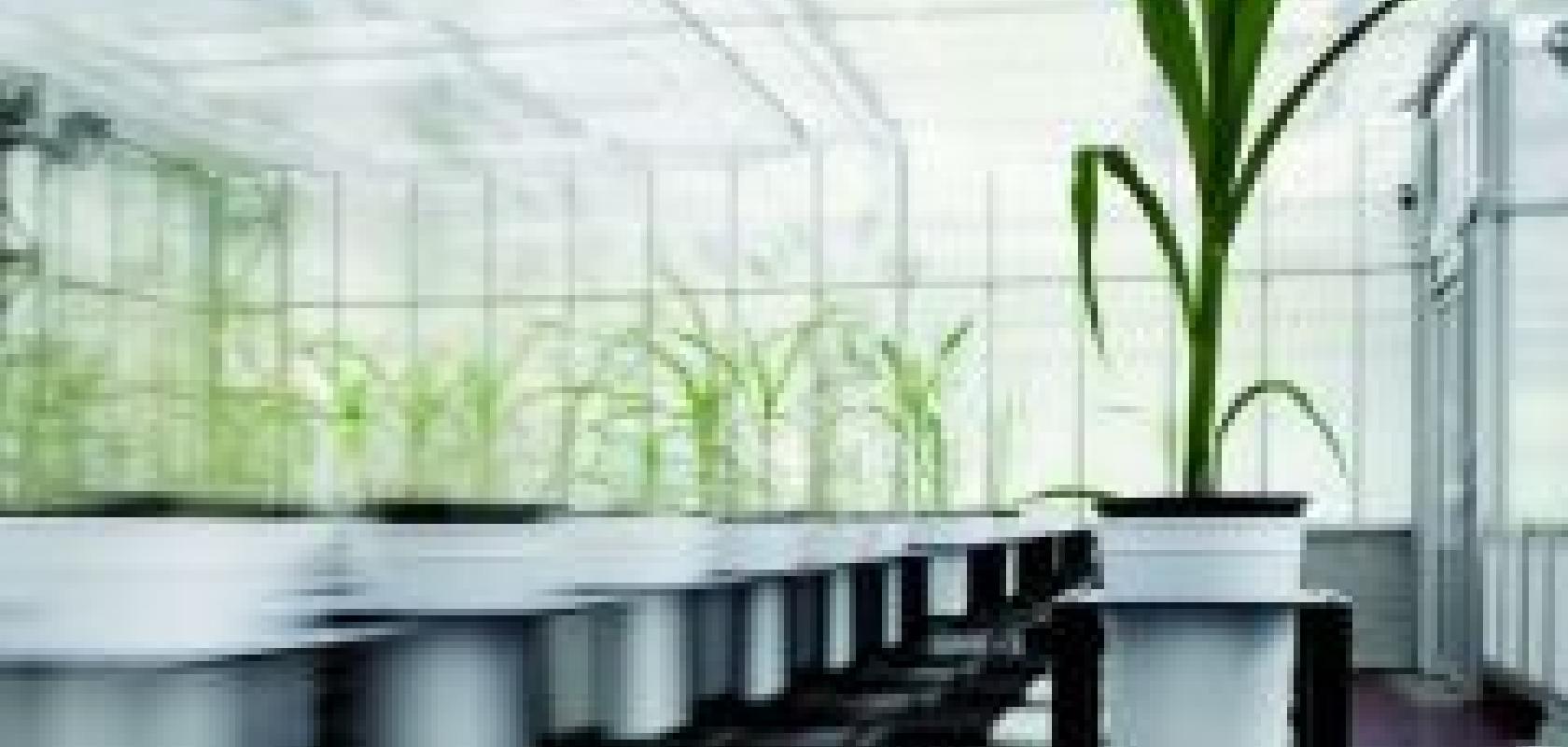German company LemnaTec, which develops automated solutions for plant phenotyping, has built an imaging laboratory system for measuring crop yield.
The system, called Scanalyzer3D, uses thermal imaging, shortwave infrared (SWIR) cameras, and fluorescence imaging to gather data on plant growth, root development, water absorption and drying, and photosynthesis.
Scanalyzer3D is an automated testing system giving quantitative, non-destructive measurements on cultivated crops in greenhouses. Plants pass through a series of optical measuring spaces in which they are imaged at different wavelengths. The tests are repeated at various stages of the plant’s growth cycle to gather comparable data over time.
At the first measurement station, temperature differences among individual plants or within a single plant, such as from one leaf to another, are measured with thermal imaging cameras. Allied Vision's Pearleye P-030 LWIR camera is used.
Then, at the second measurement station, Allied Vision’s Prosilica GT6600 colour cameras, which have a 29 megapixel CCD sensor, document plant size, growth, and development over time.
The roots are imaged with Goldeye InGaAs SWIR cameras, also from Allied Vision. Here, moisture absorption is measured to determine the efficiency of the root system. Vegetative growth is then analysed also with the SWIR cameras to provide information on the water content of the stem and leaves, and, by extension, on the drying process, as well as the plants’ recovery following drought.
The final station relies on fluorescence to highlight particular substances within the plant, such as chlorophyll.
The entire process takes place automatically. Plant pots travel via conveyor belts from one station to the next where they are imaged from different angles and from above.
Shortwave infrared cameras can highlight the moisture content or the water distribution within the plant. Because water absorbs infrared light at a wavelength range from 1,450-1,500nm, it appears black and opaque in an infrared image, so that aqueous areas within a plant appear correspondingly darker. Therefore, evaporation and desiccation can also be seen.
The data captured by the cameras is analysed and processed by LemnaTec’s software, LemnaGrid.
LemnaTec’s clients are BASF, Bayer Crop Science, DuPont, and international research institutions such as ACPFG (Australia), ICAR (India), and the French national agricultural research institute, INRA.
Further information:


